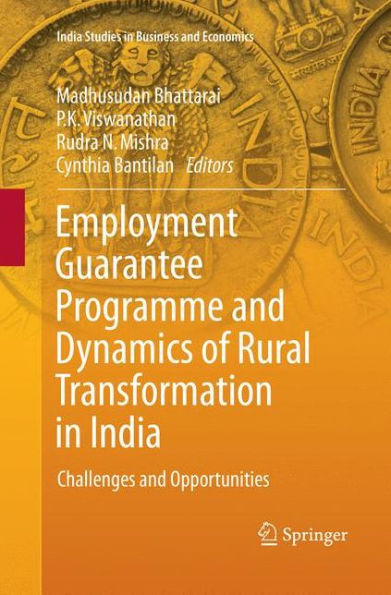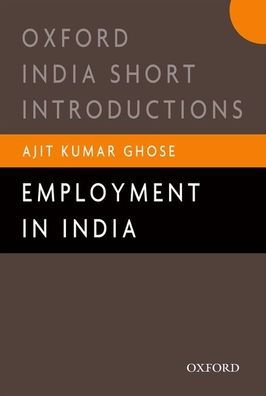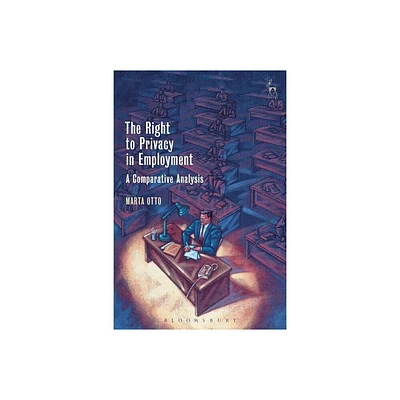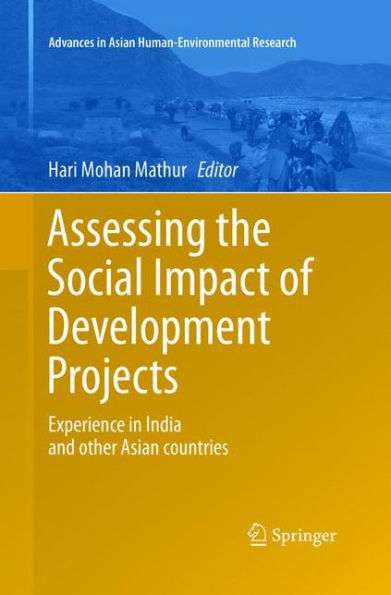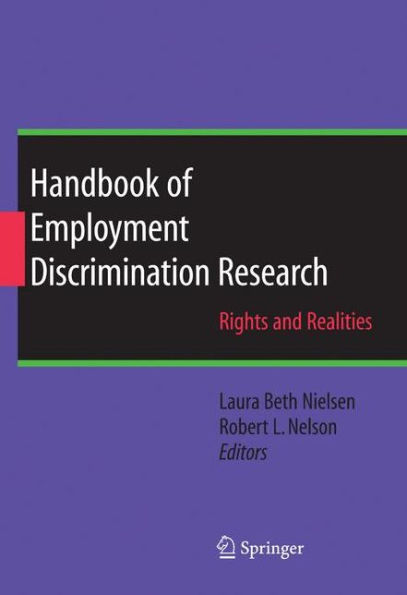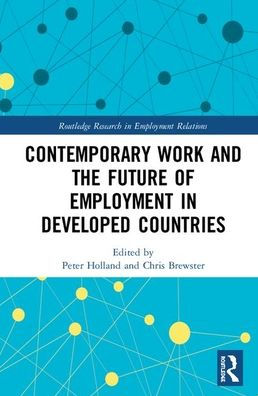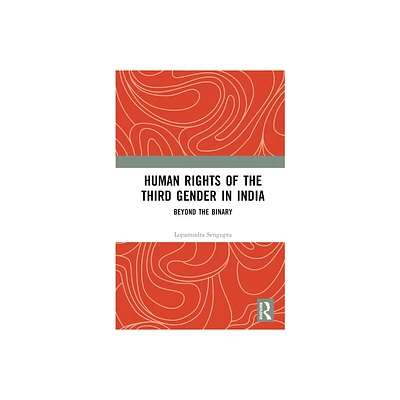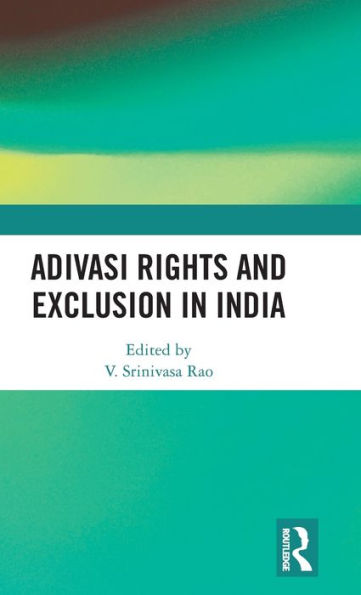Home
Right to Work?: Assessing India's Employment Guarantee Scheme in Bihar
Loading Inventory...
Barnes and Noble
Right to Work?: Assessing India's Employment Guarantee Scheme in Bihar
Current price: $29.95


Barnes and Noble
Right to Work?: Assessing India's Employment Guarantee Scheme in Bihar
Current price: $29.95
Loading Inventory...
Size: OS
*Product Information may vary - to confirm product availability, pricing, and additional information please contact Barnes and Noble
India's ambitious National Rural Employment Guarantee Act creates a justiciable 'right to work' by promising up to 100 days of employment per year to all rural households whose adult members want unskilled manual work on public works projects at the stipulated minimum wage. Are the conditions stipulated by the Act met in practice, under the Mahatma Gandhi National Rural Employment Guarantee Scheme (MGNREGS)? What impact on poverty do the earnings from the scheme have? Does the scheme meet its potential? How can it do better? Right to Work? Assessing India's Employment Guarantee Scheme in Bihar studies the MGNREGS's impact across India, then focuses on Bihar, the country's third largest and one of its poorest states. It shows that although the scheme has the potential to substantially reduce poverty through extra earnings for poor families, that potential is not realized in practice. Workers are not getting all the work they want, nor are they getting the full wages due. The intended recipients' awareness of how to obtain work is low. In a controlled experiment, a specially designed fictional movie was used to show how knowledge of rights and processes can be enhanced. Although the movie effectively raised awareness and improved public perceptions of the scheme, it had little effect on actions such as seeking employment when needed. Supplyside constraints in responding to demand for work must also be addressed. A number of specific constraints to work provision are identified, including poor implementation capacity, weak financial management, and inadequate monitoring systems. Addressing these constraints would allow this major antipoverty program to come much closer to reaching its potential.
